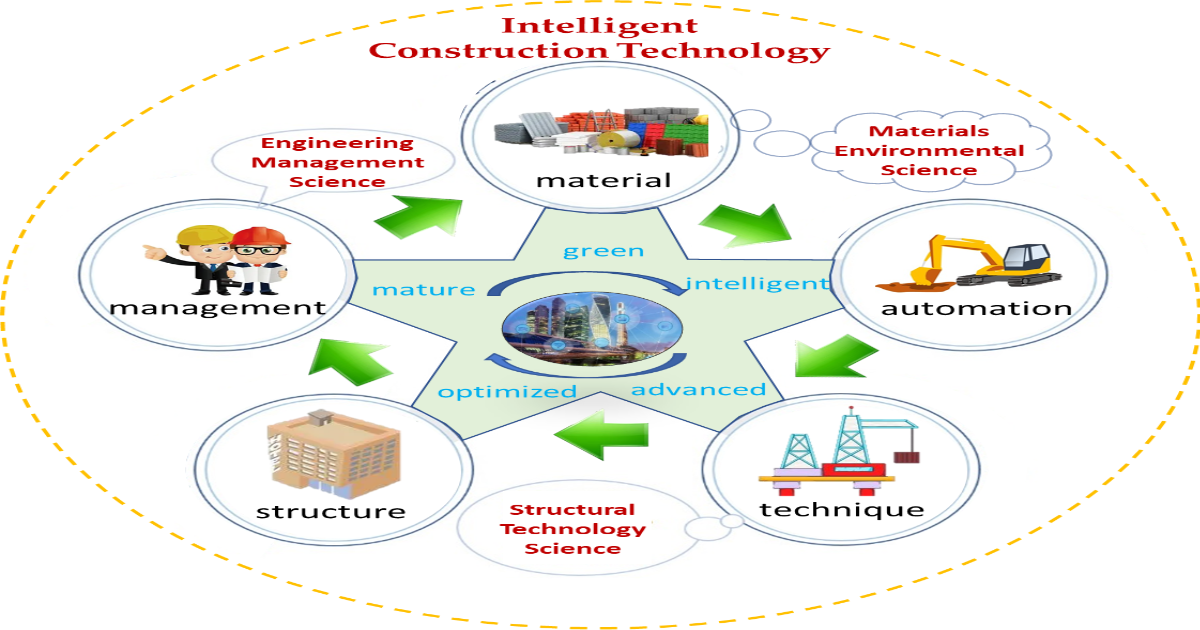Green Building Materials and Intelligent Construction Technology
A special issue of Buildings (ISSN 2075-5309). This special issue belongs to the section "Building Materials, and Repair & Renovation".
Deadline for manuscript submissions: closed (20 April 2024) | Viewed by 1979

Special Issue Editors
Interests: high-value-added environmental functional materials; bulk solid waste; resource treatment
Interests: resource utilization of industrial solid waste; development and application of silica-aluminum based cementing materials
Interests: hazardous waste remediation; recycling of industrial solid wastes; solid waste characterization
Interests: atomistic simulation; multiscale approach; cement and concrete; geopolymer; interface science
Interests: alkali-activated cementitious material; recycling of industrial solid wastes; supplementary cementitious material; solidification/stabilization of hazardous wastes
Special Issue Information
Dear Colleagues,
In the process of building construction, intelligent technology is applied to improve the level of intelligence, achieving the goal of fast, safe, and environmentally friendly construction. The core of intelligent construction lies in green building materials, reasonable structural design, advanced construction techniques, automated mechanical operations, and scientific management models. The research and popularization of intelligent construction technology can promote the sustainable development of the construction industry.
This Special Issue aims to present recent advances in intelligent building construction technology. It seeks to bring together researchers from various fields, including mechanical science, civil engineering, materials science, and engineering management, to contribute their expertise to the discussion of intelligent construction.
This Special Issue will cover a wide range of topics related to green building materials and intelligent construction as well as defects in building material development, building structural design, and the application of construction management models.
Contributions in the form of full papers, communications, and reviews are welcomed. The submitted manuscript should cover green building materials and intelligent construction. The goal of this Special Issue is to integrate the research results of intelligent construction technology and promote the popularization of green building materials and intelligent construction technology.
Dr. Jirong Lan
Dr. Yiqie Dong
Dr. Yaguang Du
Dr. Mingfeng Kai
Dr. Xian Zhou
Guest Editors
Manuscript Submission Information
Manuscripts should be submitted online at www.mdpi.com by registering and logging in to this website. Once you are registered, click here to go to the submission form. Manuscripts can be submitted until the deadline. All submissions that pass pre-check are peer-reviewed. Accepted papers will be published continuously in the journal (as soon as accepted) and will be listed together on the special issue website. Research articles, review articles as well as short communications are invited. For planned papers, a title and short abstract (about 100 words) can be sent to the Editorial Office for announcement on this website.
Submitted manuscripts should not have been published previously, nor be under consideration for publication elsewhere (except conference proceedings papers). All manuscripts are thoroughly refereed through a single-blind peer-review process. A guide for authors and other relevant information for submission of manuscripts is available on the Instructions for Authors page. Buildings is an international peer-reviewed open access monthly journal published by MDPI.
Please visit the Instructions for Authors page before submitting a manuscript. The Article Processing Charge (APC) for publication in this open access journal is 2600 CHF (Swiss Francs). Submitted papers should be well formatted and use good English. Authors may use MDPI's English editing service prior to publication or during author revisions.
Keywords
- intelligent construction
- green building materials
- structural design
- management models
- construction techniques









